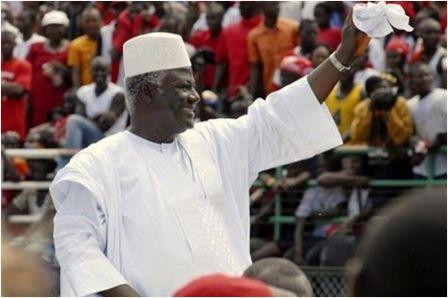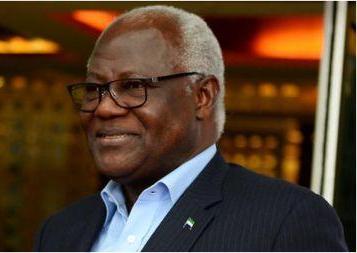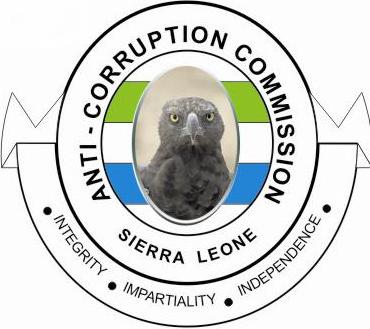Gola Park – a cause for celebration
On Friday February 4, the Gola Forest in South-Eastern Sierra Leone officially became a National Park. The government paper declaring the forest to become a National Park had been laid before Parliament by the honourable Minister of Agriculture, Forestry and Food Security Dr. Sam Sesey for 21 days and became law at the end of the period.
A large number of people and groups need to be congratulated for this achievement beginning with President Ernest Bai Koroma and before him former President Ahmad Tejan-Kabbah. Then there is the minister of Agriculture, Forestry and Food Security Sam Sesey and his Acting Director-General of Forests Sheku Mansaray both of who put so much effort into the process. Then most importantly we have the Paramount chiefs, the Members of Parliament and the citizens of the seven chiefdoms, that is, Malema in the Kailahun district, Koya, Gaura, Normo and Tunkia in the Kenema district and Makpele and Barri in the Pujehun district for their understanding, commitment and cooperation.
The Royal Society for the Protection of Birds RSPB and the Conservation Society of Sierra Leone CSSL have been the main advocacy groups as well as being the Partners with the Forestry division for the management of the Gola Forest Conservation Programme. The European Union put in a lot of effort in advocating for the creation of the Forest as a National Park.
It is interesting to note also that part of the Gola Forest along with a similar piece on the Liberian side was recently jointly declared a Peace Park by President Ernest Bai Koroma and his counterpart President Ellen Johnson-Sirleaf of Liberia. But the Gola achievement has not been easy; on several occasions the communities came under considerable pressure from commercial loggers and mining interests. But the Agriculture minister stood his ground and there was an occasion when his Excellency literarily instructed an over-zealous mineral resources minister to take his hands off the Gola forest and to cancel any concessions he may have granted. Mention must be made of the erstwhile minister of Tourism for his cooperation laying particular emphasis on the benefits to be derived from Eco-Tourism
The question may be asked, why all the interest and fuss over Gola? In the first place Gola forest is part of what remains of a once rich and dense forest extending from Guinea down to Togo. Much of that forest has disappeared through man’s unsustainable activities. The Gola forest is invaluable to the local people as it provides food, forest products as well as support livelihoods for them. With the forest now under the protection of a national park and with the current management plan under the supervision of the government (Forestry division) the Conservation Society of Sierra Leone and the Royal Society for the Protection of Birds would ensure that the forest remains in perpetuity with the communities assured of their royalty in perpetuity.
In addition the management partners with the active cooperation of the various chiefdom communities which surround Gola is undertaking development projects like schools, health centres and roads in the project areas. This compares very favourably against the previous system of indiscriminate logging and other activities which had led to the destruction of large areas of the forest. Royalties were paltry and often took a very long time to reach the beneficiaries.
The rich Biological Diversity of Gola is universally acknowledged as it contains a number of threatened or endangered wildlife. Some of the animals and plants are unique to the forest. Birdlife is abundant and the Gola forest is among the Important Bird Areas IBA of Africa. It is said that birdlife is often a barometer of the degree of environmental degradation because birds can live in very hostile environments. The white-necked picathartes, the pygmy hippopotamus and Jentrick’s duikers (Fretambo) as well as many medicinal plants are all in found in Gola.
The Across the River Transboundry Peace Park established by Presidents Koroma and Johnson-Sirleaf is an international move towards the creation of the park and has enabled the two governments to work together with the surrounding communities to manage the forest for the benefit f the local people and wildlife forever. CSSL and RSPB involvement in protecting birds dates from the late 1980s.
In the words of Hindolo Trye future Safari teams would come to the country NOT with guns and rifles but with cameras.
Stay with Sierra Express Media, for your trusted place in news!
© 2011, https:. All rights reserved.









